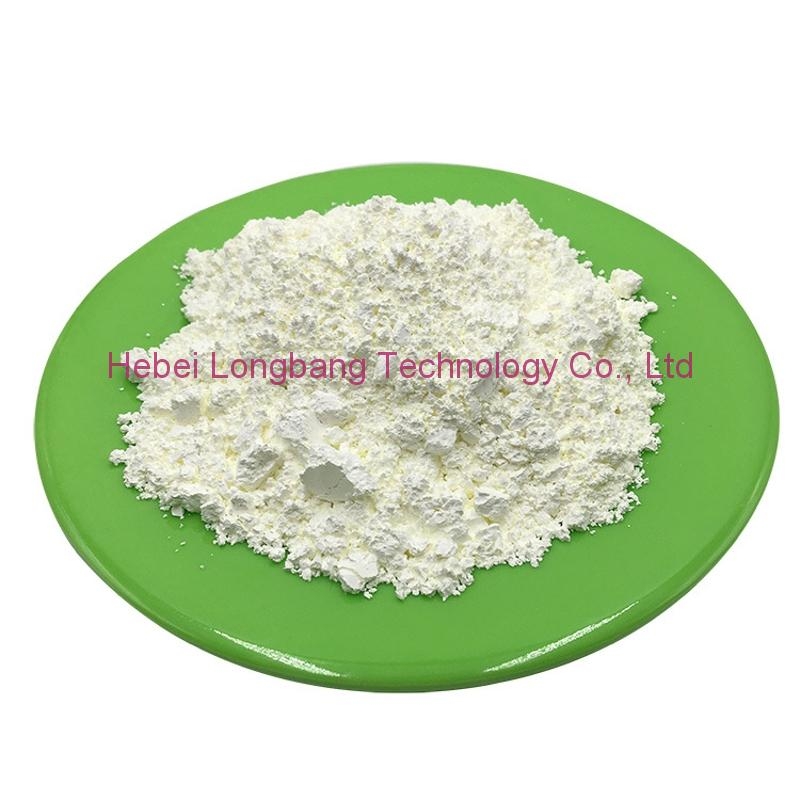-
Categories
-
Pharmaceutical Intermediates
-
Active Pharmaceutical Ingredients
-
Food Additives
- Industrial Coatings
- Agrochemicals
- Dyes and Pigments
- Surfactant
- Flavors and Fragrances
- Chemical Reagents
- Catalyst and Auxiliary
- Natural Products
- Inorganic Chemistry
-
Organic Chemistry
-
Biochemical Engineering
- Analytical Chemistry
-
Cosmetic Ingredient
- Water Treatment Chemical
-
Pharmaceutical Intermediates
Promotion
ECHEMI Mall
Wholesale
Weekly Price
Exhibition
News
-
Trade Service
Recurrent intestinal inflammation after ileal resection severely affects the lives
of most people with Crohn's disease (CD).
Nearly 80 percent of CD patients require surgery in their lifetime, and one-third require surgery
within five years of diagnosis.
After surgery, 70% of patients relapse endoscopically within one year, and 25% require repeat resection
within 5 years.
Inflammation at the end of the ileum after ileectomy is a better predictor of patient outcomes than other sites or factors
.
Thus, postoperative recurrent ileitis increases the risk of CD morbidity, malnutrition, and parenteral nutrition dependence
.
To date, there are no data
on the relationship between fecal bile acids, ileal resection, and intestinal inflammation revealed by ileocoloscopy.
Because bile acids are reabsorbed at the end of the ileum, the bile acid (BA) composition may change significantly after ileal resection
.
Therefore, there are serious knowledge gaps
regarding the effect of ileal resection on bile acid-mediated intestinal inflammation.
Elevated primary bile acids have been shown to be a central component of mucosal biofilms, which have been reported to be more common in IBD and associated with
dysbiosis.
The effect of bile acid (BA) perturbations caused by bowel resection on the gut microbiota and inflammation is unclear
.
This study aimed to describe the relationship between
ileocolectomy, fecal BA, microbiota, and intestinal inflammation in inflammatory bowel disease (IBD).
To this end, the researchers prospectively collected validated clinical and endoscopic evaluations
of IBD.
Compare fecal primary and secondary BA concentrations
based on ileocolectomy and ileitis status.
The main BA threshold
for ileitis was assessed.
Metagenomic sequencing analyzes the composition and function
of microorganisms.
The relationship between
ileocolectomy, BA, and microbiota was assessed.
The results showed the presence of ileocolectomy
in 166 patients with primary and secondary elevated BA.
For ileitis, only primary BA (795 nMol/g VS 398 nMol/g, p=0.
009) was higher
than without ileitis.
The optimal primary BA threshold (≥228 nmol/g) was a predictor of ileitis (OR=2.
3, p=0.
04).
Microbial diversity, Plostridium, and O-acetylhosanineaminocarboxypropyltransferase (MetY) decreased
with increasing primary BA.
Among patients undergoing ileocolectomy, only those with primary BA elevation have diversity, reduced Clostridium, and MetY
.
BA(≥228 nMol/g, p=0.
0001) in patients undergoing ileocolectomy was associated with
reduced Clostridium pristella.
Patients who underwent ilecolectomy and low (<29.
2 nmol/g) primary BA had similar Pralostridium (P=0.
13)
to those who did not.
This study confirms that elevated primary bile acids are associated with ileitis, with decreased microbial diversity, Plostridia abundance, and enzyme abundance in MetY (acetic acid and L-methionine-producing enzymes expressed by F.
prausnitzii), and are the only factors
associated with these findings after ileocolectomy.
Original source:
Robert Battat.
et al.
Increased Primary Bile Acids with Ileocolonic Resection Impact Ileal Inflammation and Gut Microbiota in Inflammatory Bowel Disease.
Journal of Crohn's and Colitis.
2022.







